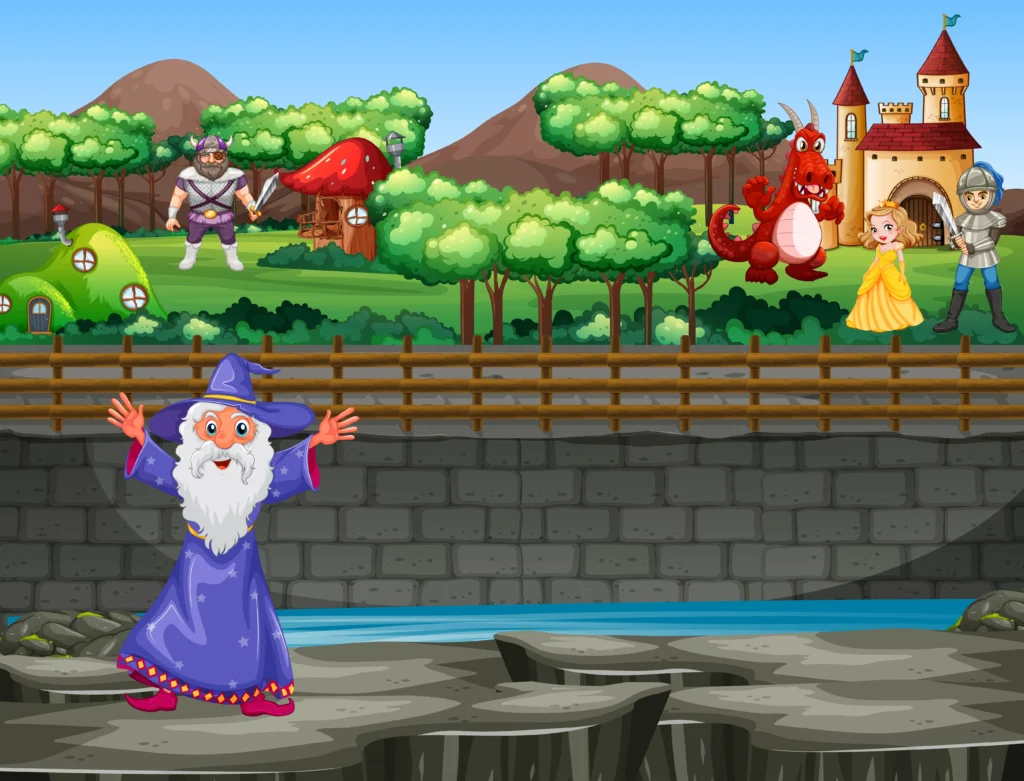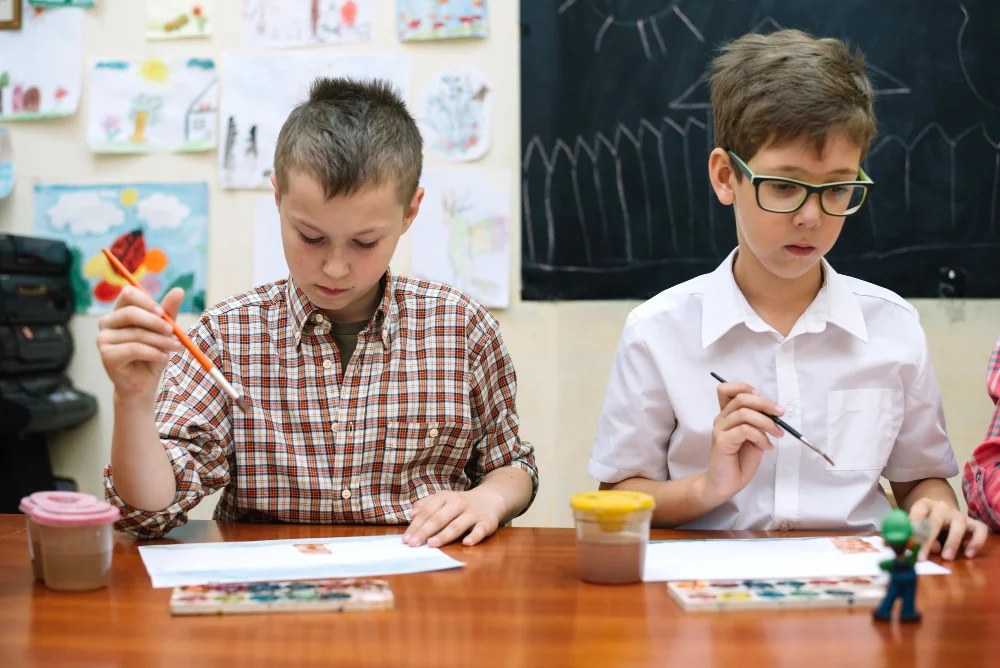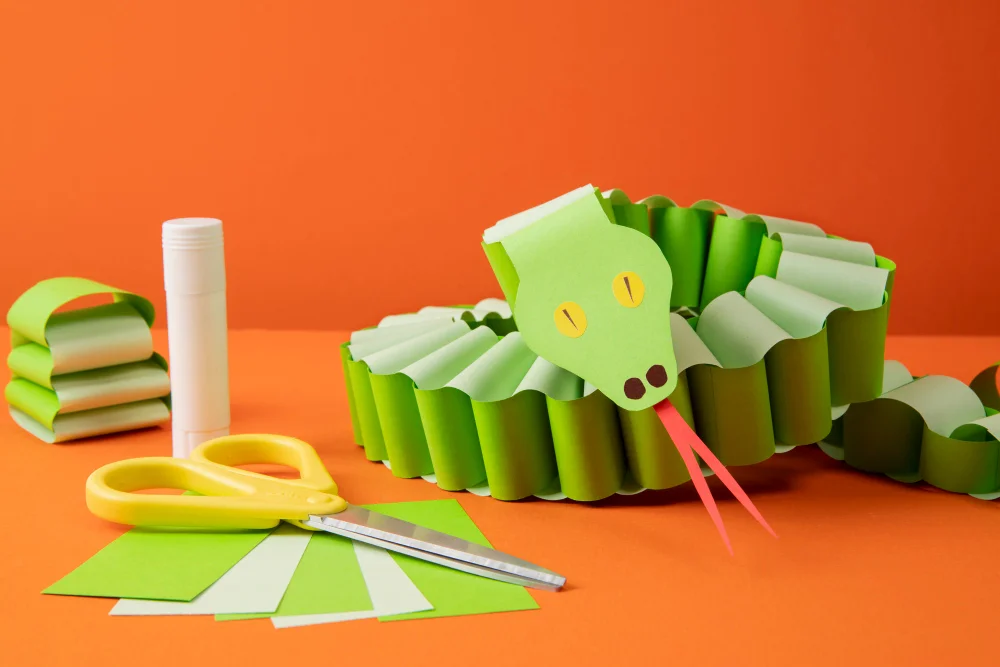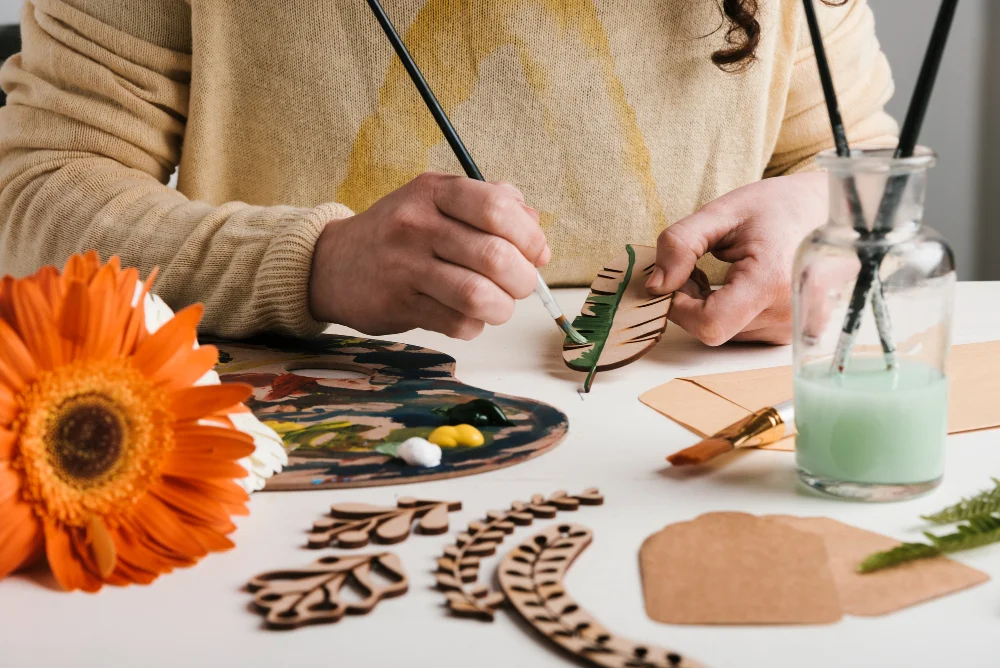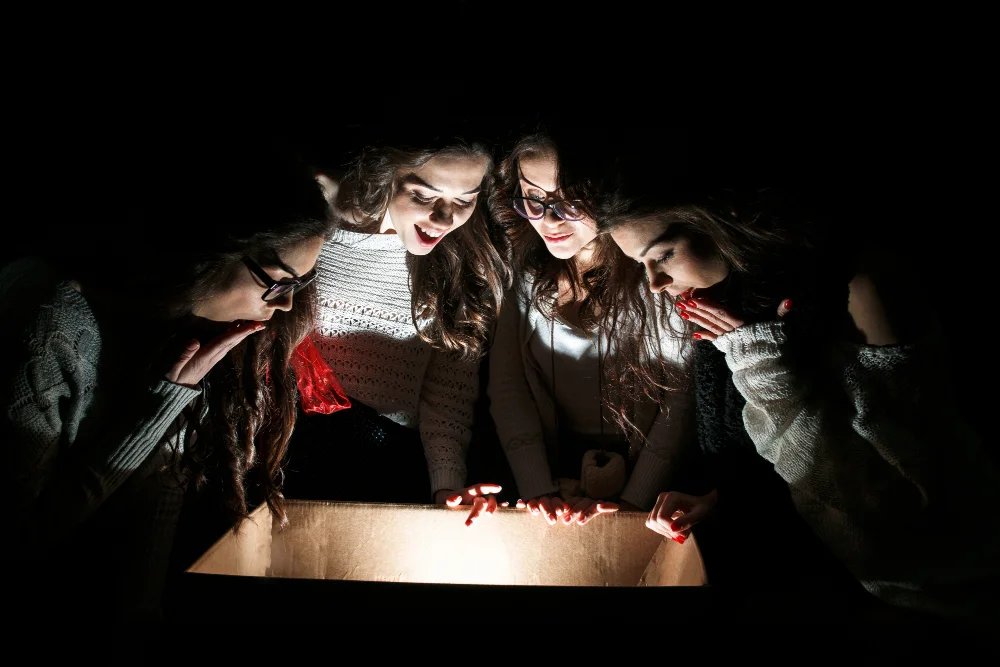The Dora game wall riddle has become a fascinating topic for both kids and adults who grew up watching Dora the Explorer. Unlike a simple obstacle in a cartoon, this riddle hides lessons, creativity, and logic behind its playful surface. It’s not just a game moment; it’s a mental challenge that teaches how to think, observe, and solve problems.
In the Dora universe, walls often act as barriers between Dora and her goal. But instead of being physical obstacles, they are symbolic puzzles. To cross them, players or viewers must solve riddles, decode patterns, or answer tricky questions.
Let’s dive deep into how this concept works, why it’s so powerful in gameplay, and how you can apply its logic to everyday problem-solving.
Understanding the Concept of the Dora Game Wall Riddle
The wall riddle usually appears in Dora games or episodes when she and Boots encounter a mysterious wall blocking their path. The wall often speaks, or the famous Grumpy Old Troll appears, asking, “Who’s crossing my bridge?” Then comes the challenge, a riddle or question that must be solved to proceed.
It’s more than entertainment; it’s designed to train a child’s cognitive ability, teaching them how to connect clues and reason logically. This design blends curiosity with interactivity, turning a simple journey into a mental adventure.
The wall riddle concept shows how entertainment can be educational. By encouraging young players to think critically, remember clues, and analyse information, the Dora series built a foundation of learning through play, an essential element of early childhood development.
The Educational Importance Behind the Dora Game Wall Riddle
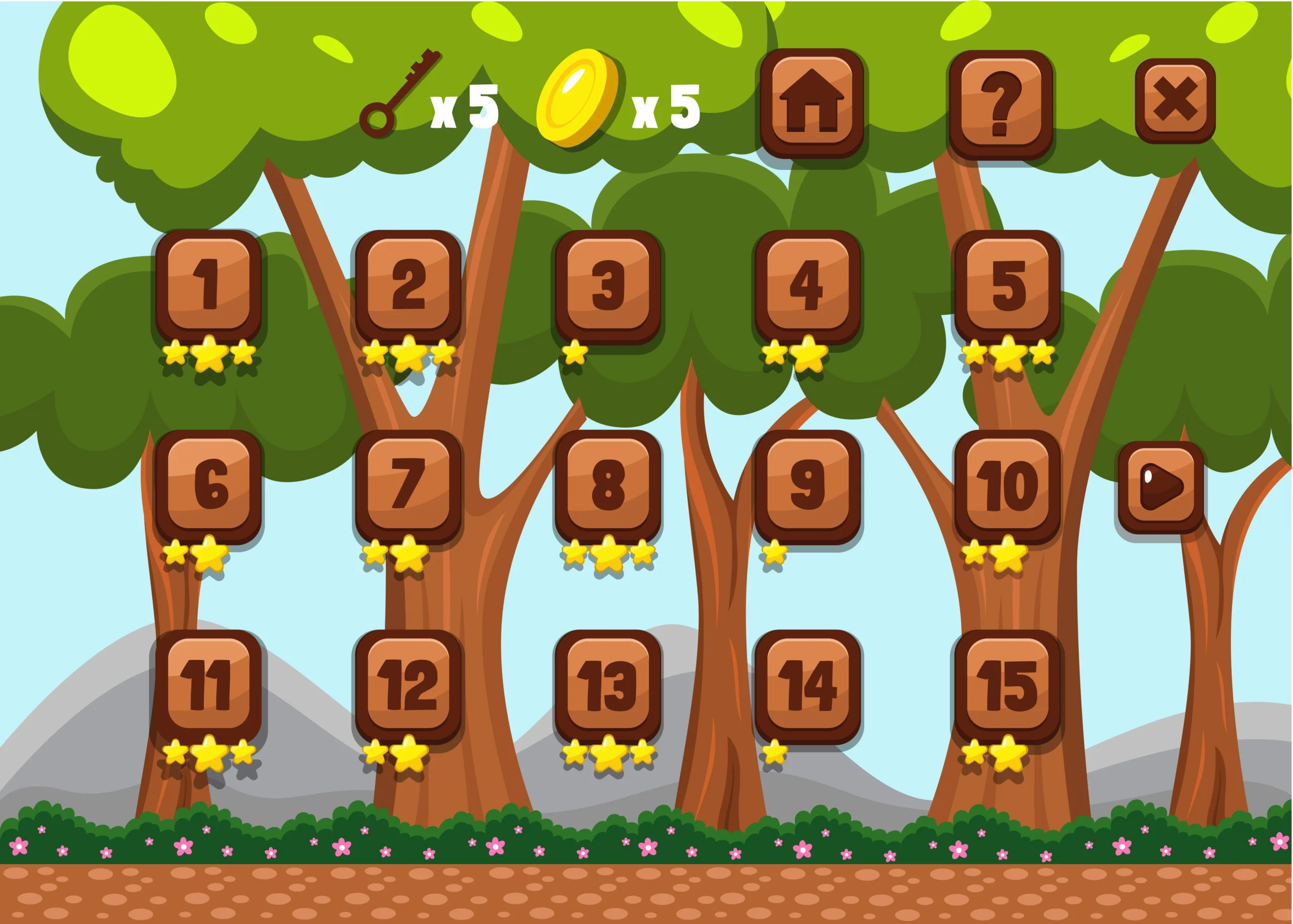
What makes the Dora game wall riddle truly unique is its ability to combine logic with storytelling. While solving a wall riddle, kids learn new vocabulary, problem-solving techniques, and patience. These are key traits that build emotional intelligence and critical thinking skills.
Every riddle is a small exercise in reasoning. For example, when Dora faces a puzzle about shapes or colours, she helps the audience learn how to differentiate and associate patterns. By merging fun and education, this riddle becomes more than a game; it becomes a tool for growth, just like creative DIY challenges such as things to build out of paper that inspire imagination and learning through hands-on fun.
Key Educational Benefits
- This activity improves memory and attention span by requiring observation of visual or verbal clues.
- Riddles enhance language learning, as they often use rhymes and simple wordplay.
- Builds logical reasoning and decision-making skills.
- Encourages persistence, players must try again when they get it wrong.
- Promotes teamwork if played with friends or parents.
Why the Dora Game Wall Riddle Keeps Players Hooked
The Dora game wall riddle stands out because it combines fun, curiosity, and problem-solving in a way that keeps players emotionally and mentally engaged. When children face the wall in Dora’s world, they are not just looking at a cartoon barrier; they are confronting a mystery that challenges their minds.
The suspense of not knowing what lies beyond the wall fuels excitement, while the satisfaction of solving it creates a powerful sense of achievement. This emotional cycle of curiosity, challenge, and reward is what keeps players returning to the game repeatedly.
The Element of Surprise
One of the biggest reasons players stay interested is the element of surprise. Every riddle feels new because it appears unexpectedly, sometimes after a calm journey, suddenly the wall talks or presents a question. This twist breaks routine gameplay and captures attention instantly.
Connection to Storyline
Another reason the wall riddle works so well is its connection to Dora’s storyline. The riddle isn’t random; it’s part of Dora’s adventure. Whether she’s trying to cross a bridge or enter a hidden cave, the wall becomes a storytelling device that moves the plot forward.
Interactive Learning Experience
The interactive learning aspect is another hook for players. Children learn best when they can participate, and Dora’s riddles give them that opportunity. Instead of simply watching, they are actively thinking, guessing, and deciding. This hands-on engagement makes the experience feel personal.
Reward and Accomplishment
The feeling of reward and accomplishment after solving a wall riddle keeps players motivated. Every correct answer gives them positive feedback, either through Dora’s cheerful voice saying “You did it!” or a visual cue like the wall opening. These small victories boost confidence and make players feel proud of their success.
Emotional Connection with Dora
Dora’s cheerful personality and encouraging tone build an emotional connection with players. When Dora smiles and cheers after a riddle is solved, children feel seen and appreciated. This emotional feedback loop turns the game into a friendly interaction rather than a cold challenge.
Continuous Curiosity
Finally, the continuous curiosity created by Dora’s adventures keeps the excitement alive. Every time one riddle is solved, a new mystery appears: another wall, a locked door, or a question from the Grumpy Old Troll. This ongoing rhythm of solving and discovering builds anticipation for the next challenge.
How to Solve a Dora Game Wall Riddle
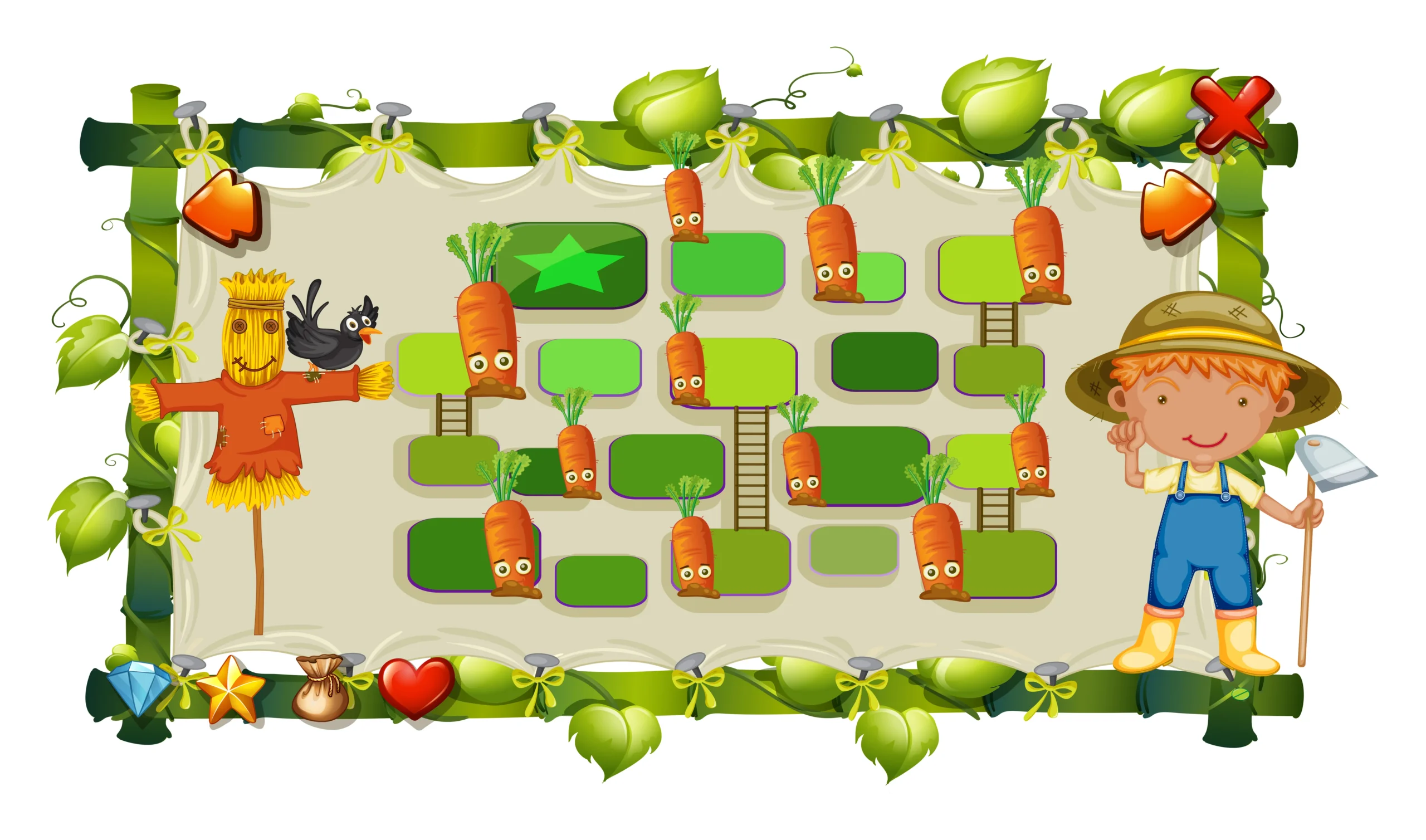
Solving the Dora game wall riddle requires more than random guessing; it’s about understanding the clue’s more profound meaning. Riddles in Dora often follow a pattern, so learning how to identify those patterns can help you answer faster and smarter.
When approaching a wall riddle, players should pay attention to language, rhythm, and visual hints. Most riddles are designed to be understood by young children, so the logic is simple but clever. The trick lies in noticing connections that might not be obvious at first glance.
Here’s a practical guide to solving them effectively:
- Read carefully: The answer is usually hinted at in the riddle’s wording.
- Look at the environment: The answer might be in the background image or colours.
- Use elimination: Remove answers that clearly don’t fit.
- Think like a kid: Many riddles rely on innocent logic rather than adult reasoning.
- Don’t rush: Take your time to understand what the wall is “trying to say.”
By using these simple techniques, you can decode any riddle Dora faces, whether it’s about numbers, colours, or hidden meanings.
Famous Examples of Wall Riddles in Dora Games
In Dora’s animated world and online games, the wall riddles appear in various forms. One popular version involves the Grumpy Old Troll’s bridge riddles. Dora must answer correctly before the Troll lets her cross.
Another version includes pattern puzzles where Dora must match symbols on a wall to open a secret passage. Sometimes, the answer requires counting objects or recognizing an image sequence.
These riddles teach that every problem has a logical answer if you observe and think calmly.
The Hidden Lessons in Dora’s Wall Riddle
The Dora game wall riddle is not just about guessing words; it’s about teaching life lessons. Dora’s puzzles remind players that challenges are opportunities to learn. Each time a player gets stuck and tries again, they practice resilience, an essential life skill.
It also teaches the joy of teamwork. Dora often asks for help from her friends or the audience, showing that cooperation can solve even the toughest mysteries.
Furthermore, these riddles develop patience and focus. Kids learn to analyze rather than react, a quality that benefits them in school and daily life.
Advanced Strategies to Master Dora Wall Puzzles
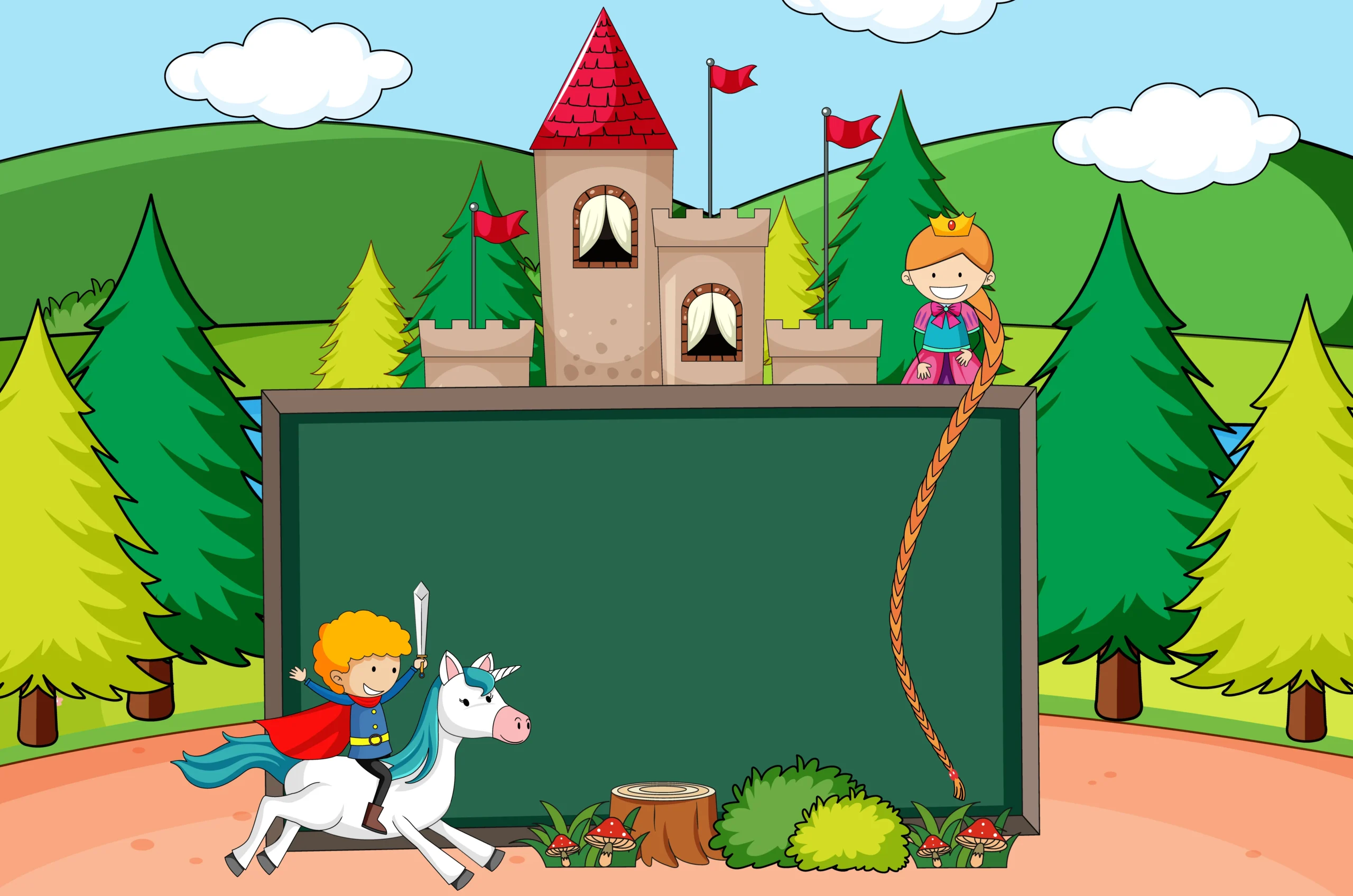
Once you understand the basic riddles, it’s time to move to advanced thinking.
Here’s how you can master tougher challenges in the Dora universe:
- Pattern Recognition: Observe repeated symbols or sounds; they often lead to the answer.
- Context Awareness: Think about Dora’s surroundings if she’s in a jungle; the answer might relate to nature.
- Process of Elimination: Remove incorrect choices to narrow down possibilities.
- Visual Mapping: Some puzzles hide clues in the design or colour of the wall.
- Analytical Thinking: Try to connect the question to the previous clues Dora found earlier.
These methods not only improve your skills in Dora games but also enhance your logical reasoning for other problem-solving situations.
Common Mistakes While Solving the Dora Game Wall Riddle
Even smart players sometimes get stuck. The most common mistake is overthinking. Dora riddles are built for children, so answers are usually straightforward.
Other frequent errors include ignoring small details or focusing only on words without checking visuals. Patience is key sometimes; stepping back for a moment helps you see what you missed.
Mistakes to Avoid
- Guessing too fast without observing clues.
- Ignoring Dora’s hints or background sounds.
- Forgetting to connect the riddle to the current location.
- Focusing only on one word instead of the sentence’s meaning.
- Misinterpreting visual hints on the wall.
Conclusion: Dora Game Wall Riddle
The Dora game wall riddle isn’t just a playful obstacle; it’s a symbol of creativity, curiosity, and mental strength. It shows that behind every problem lies an opportunity to learn. Dora’s walls may seem like barriers, but they teach patience, logic, and teamwork.
Through colourful animation and engaging riddles, these moments encourage players to think, reflect, and explore. Whether you’re a child discovering Dora for the first time or an adult nostalgic for old adventures, the wall riddle remains an inspiring part of the journey.
So next time you face a wall, real or imaginary, remember Dora’s lesson: stop, think, and find the answer hidden within.
